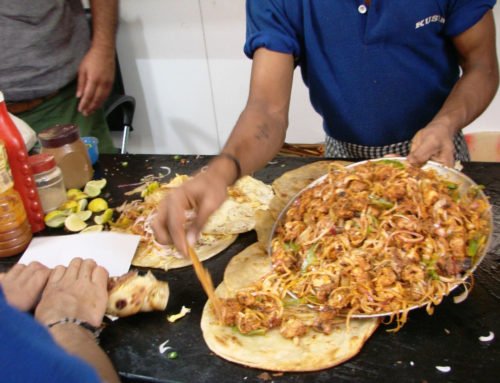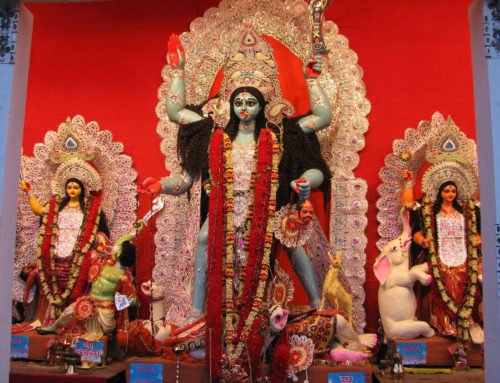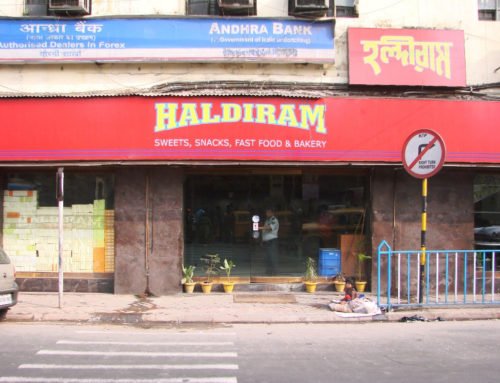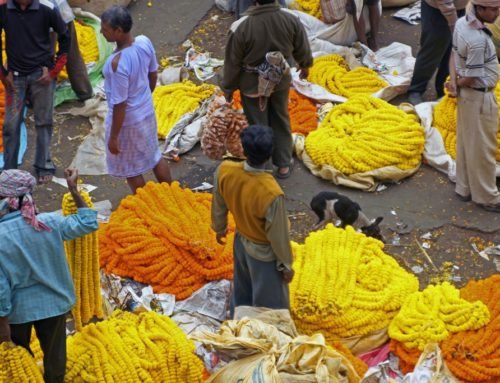Overview
- Features: Beautiful, unusual and ancient artifacts
- Opening Times: 10:00 am to 4:30 pm (Tue-Sun)
- Best Time to Visit: Late October to early March
- Duration: 2 to 3 hours
- Travelled By: Metro
- Cost: Indian/foreigner Rs 10/150
- Address: 27 Jawaharlal Nehru Road, Kolkata, West Bengal, India
- Type: Museum
Author Reviews[display_rating_item_results rating_form_id=”2″ rating_entry_ids=”1″ show_category_filter=”false” show_options=”true” result_type=”star_rating” preserve_max_rating=”true” show_title=”false” show_count=”false” ]
Total Rating: [display_rating_result rating_form_id=”2″ show_count=”false” show_rich_snippets=true] [accordions load=”1″] [accordion title=”User Reviews” last] [display_rating_item_results rating_form_id=”5″ show_options=”true” result_type=”star_rating” preserve_max_rating=”true” show_title=”false” show_count=”true” show_rich_snippets=true] [/accordion] [accordion title=”Add Review”][display_rating_form show_email_input=”true” show_comment_textarea=”true” show_name_input=”true” rating_form_id=”5″] [/accordion] [/accordions]
Summary
Located on busy Jawaharlal Nehru Road in central Kolkata, the Indian Museum is the oldest and largest museum in India. Possibly the oldest institution of its kind in the Asia-Pacific region, the museum holds the country’s largest repository of artifacts (over 100,000 exhibits).
Indian Museum Kolkata
Located on busy Jawaharlal Nehru Road in central Kolkata, the Indian Museum is the oldest and largest museum in India. Possibly the oldest institution of its kind in the Asia-Pacific region, the museum holds the country’s largest repository of artifacts (over 100,000 exhibits). Containing things beautiful, unusual, and ancient, the museum is known to locals as Jadu Ghar, the House of Magic. Founded in 1814, this old-fashioned museum fills a colonnaded palace ranged around a central lawn. The imposing building, designed by Walter Granville, also the architect of the General Post Office, dates to 1878.
The colonnaded Italianate building facing the Maidan has 36 galleries (though large sections are often closed off). Parts are poorly lit and gathering dust so it is best to be selective.
[singlepic id=474 w=720 h=560 float=center]
[singlepic id=479 w=720 h=560 float=center]
The museum’s impressive collection includes the geological collection with Siwalik fossils, natural history and anthropology, outstanding exhibits from the 2,500 BC Indus Valley Civilisation Harappa and Mohenjodaro periods, a prized collection of Buddhist art, miniature paintings, ‘Art and Textile’ with ivory, glass and silverware, Theme Gallery with rare paintings and 200-year-old hand-drawn maps, and many more. Among the dinosaur and mammoth skeletons and the 4,000-year-old Egyptian mummy are extraordinary Indian cultural items, including Shah Jahan’s emerald goblet, and an urn said to contain the Buddha’s ashes. You need permission to see the exceptional collection of over 50,000 coins.
[singlepic id=480 w=720 h=560 float=center]
[singlepic id=476 w=720 h=560 float=center]
Highlights from the museum’s impressive collection include artefacts from the 2,500 BC Indus Valley Civilisation, sculpture from Gandhara, the superbly sculpted railings from the 2,000-year old Bharhut Stupa, and a fine collection of 5th century Gupta coins.
Indian Museum Gallery Guide
Built around a courtyard are two storeys of galleries. The Archaeology Gallery, to the right of the main entrance, has railings from the Bharhut Stupa as well as displays of ancient and medieval sculpture. The Numismatics Gallery has coins dating from 500 BC to the 17th century. The Zoological Section, exhibits stuffed birds from British zoological expeditions. The second floor has the Art Gallery with paintings and miniatures.
Archaeology Gallery
Bharhut Railings – Episodes from Buddhist scriptures, events from the Buddha’s life and scenes from daily life are carved on these re-assembled 2nd century BC railings.
Gandhara Sculpture – Dating to the 3rd century, this image of Maitreya, the Future Buddha, shows a strong Greek influence in the way the folds of the robe are sculpted.
Chandela Sculpture – Dating to the 10th-11th century, this sensuous maiden from Khajuraho holds a baby in her arms while two small children cling to her knees.
Pala Bronze – This 12th century Bodhisattva figure shows the fluid grace of Pala sculpture.
Art Gallery
Kalighat Paintings – Painted in the folk style of the 19th century Kalighat school, this represents the Vaishnava saint Chaitanya.
Arhat Vanavasin Thangka – This silk painting of a Buddhist sage is from Tibet
Nautch Party – This 19th century Company School Painting of nautch or dancing girls, combines European and Indian techniques of art.
In addition to the highlights mentioned above, gag at the pickled human embryos (gallery 19) and eight-legged goat, and spot the surreal Glyptodon dinosaur-armadillo in gallery 11. Gallery 15 displays 20 rings and 18 bangles found in the tummy of a gigantic man-eating crocodile.
Note that no bags are allowed inside: handbags can be stored at the entrance but don’t arrive with a backpack.
Getting to & from Indian Museum Kolkata
The Indian Museum is located on Jawaharlal Nehru Road in central Kolkata. The easiest and most affordable way to get here is on the Metro. Exit at the northern entrance of Park Street Metro station and walk north to the museum located between Sudder and Lindsay Streets. Several buses stop in front of the museum; ask for the Lindsay Street bus stop. Alternatively, you can get a taxi to the museum or hire a private car with chauffeur for the day.







